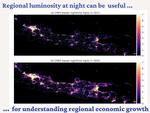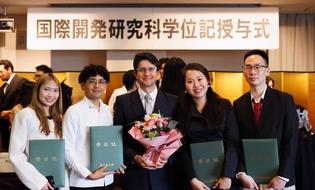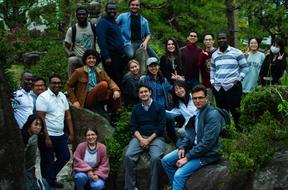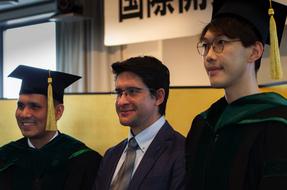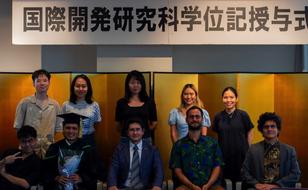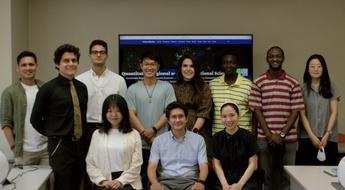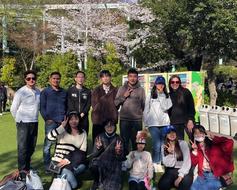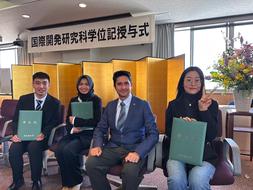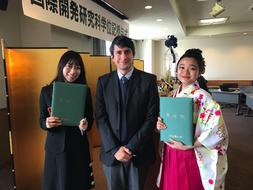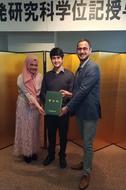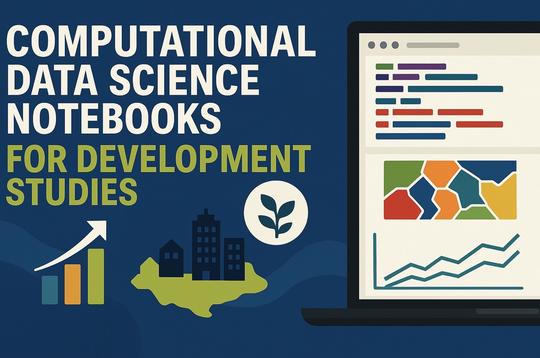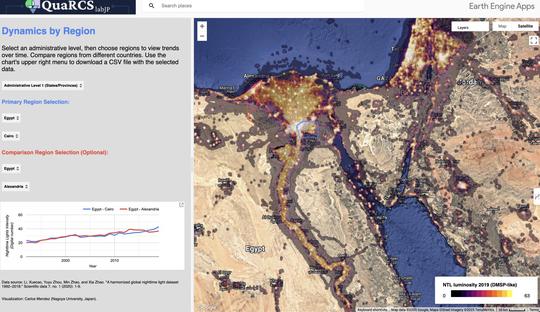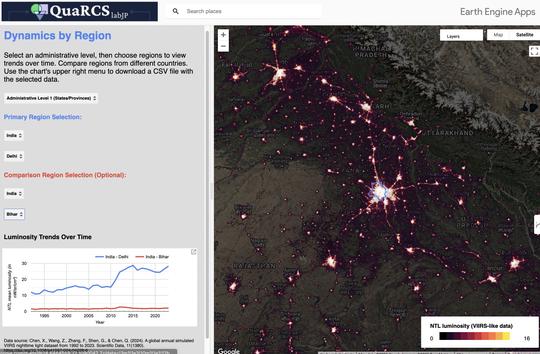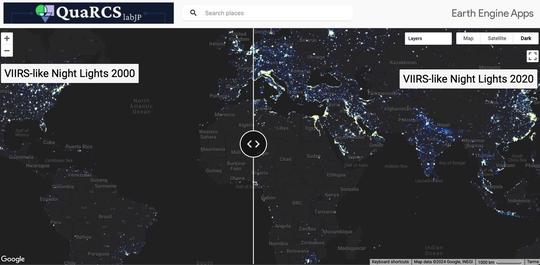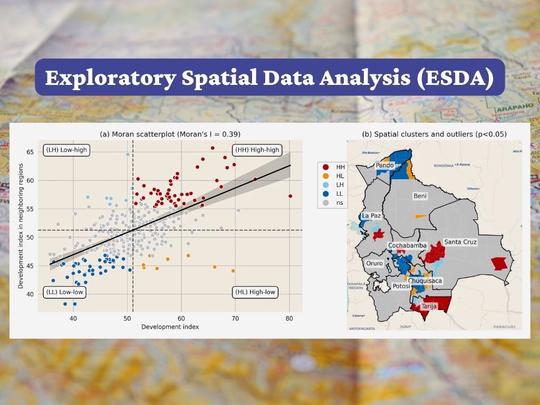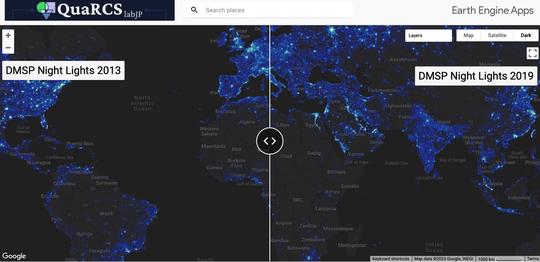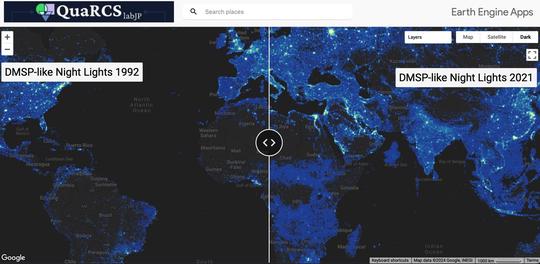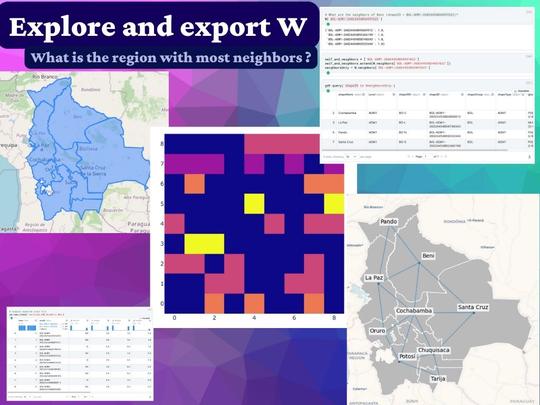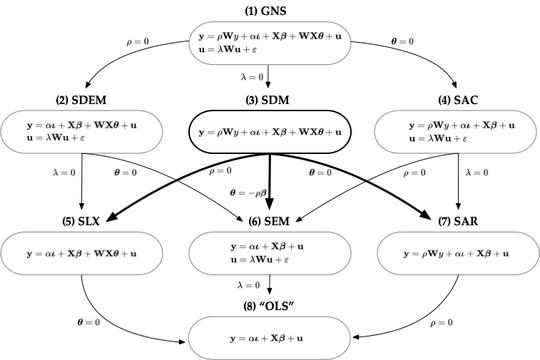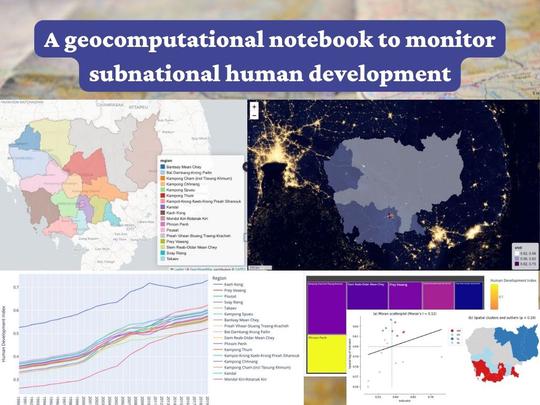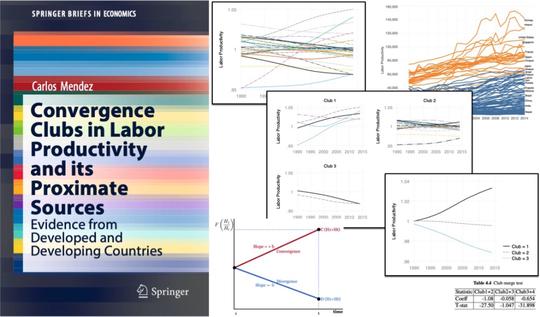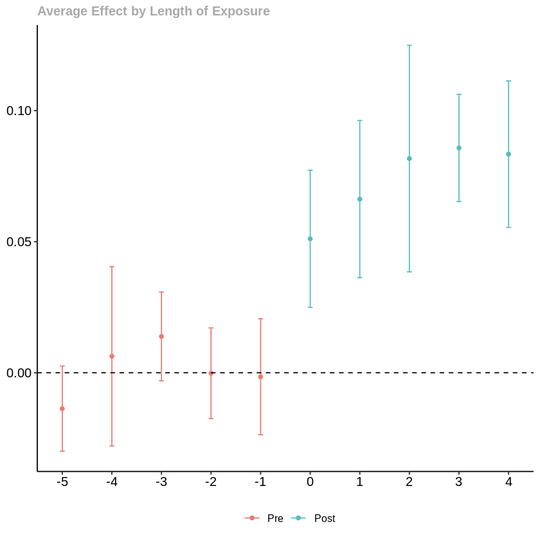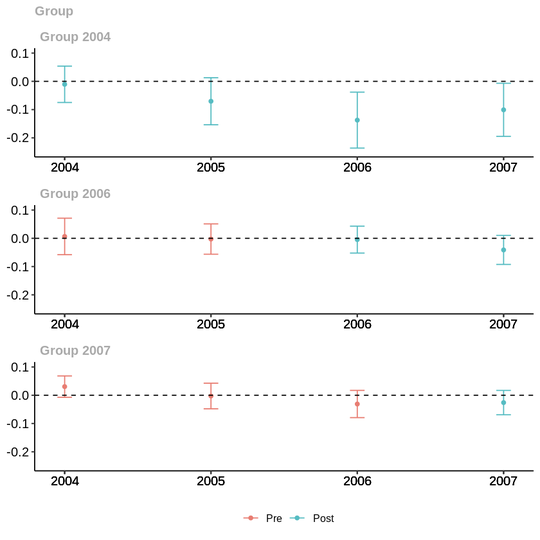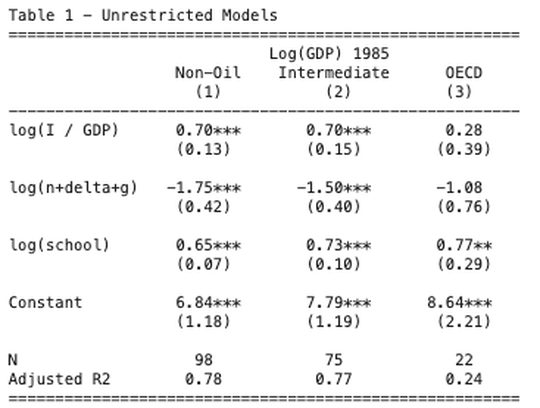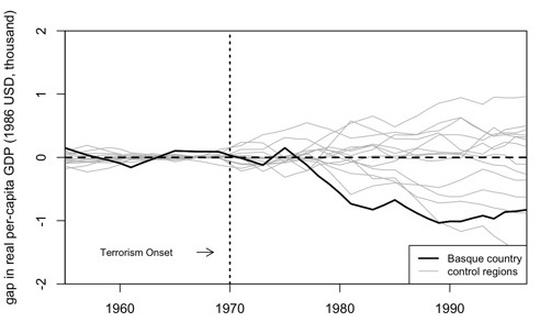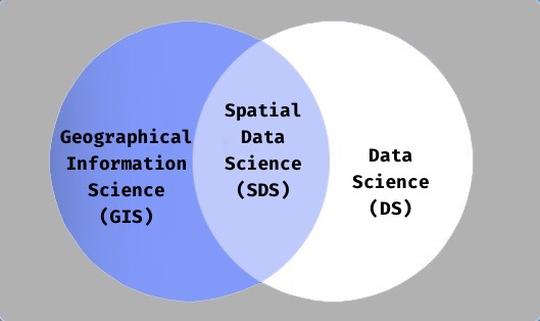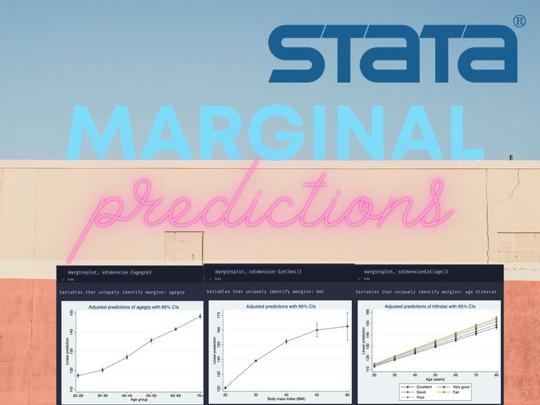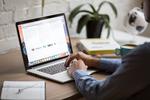About me
After studying Commercial Engineering in Bolivia and Chile, I worked as a consultant for Pro-Mujer International, The World Bank, DANIDA, and JICA. I have a M.A. and a Ph.D. in International Development from Nagoya University, Japan. My research interests focus on the integration of development economics, spatial data science, and applied econometrics to understand and inform the process of sustainable development across regions. My current research deals with (1) geospatial big data analytics and socioeconomic development; (2) geospatial inequality, poverty, and growth interactions; (3) regional infrastructure and mobility flows; and (4) spatial structural change and productivity dynamics.
Download my CV.
- Applied Econometrics
- Spatial Big Data Analytics
- Regional Development
- Development Macroeconomics
PhD in International Development, 2015
Nagoya University
MA in International Development, 2012
Nagoya University
Lic in Commercial Engineering, 2008
Bolivian Catholic University
QuaRCS-lab Japan
Let’s study regional development from outer space!
Given these parameters, how would you interpret the yellow and cyan colors?
(Hint: Copy and paste this quiz into ChatGPT)
(Click anywhere on the map below and discover it.)
Featured publications
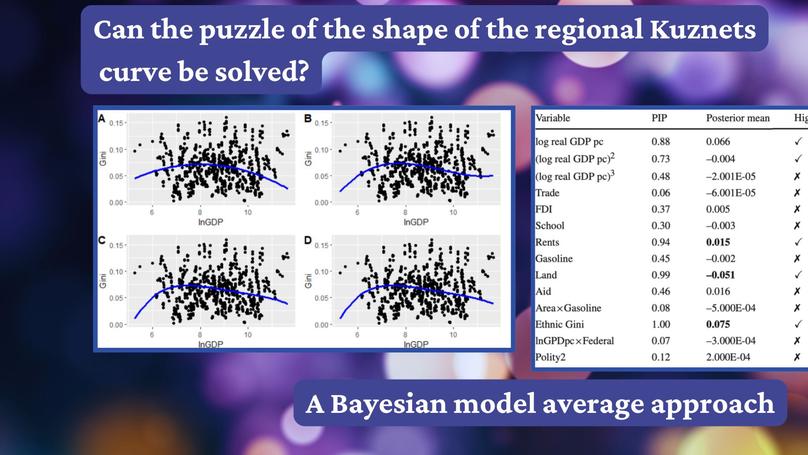
We study the robust determinants of regional inequality using a Bayesian average of classical estimates for panel data.

This study explores income-luminosity dynamics in China, highlighting VIIRS’s superiority over DMSP in predictive accuracy over time.

This paper introduces a user-friendly geocomputational notebook that illustrates how to process and analyze satellite NTL images.
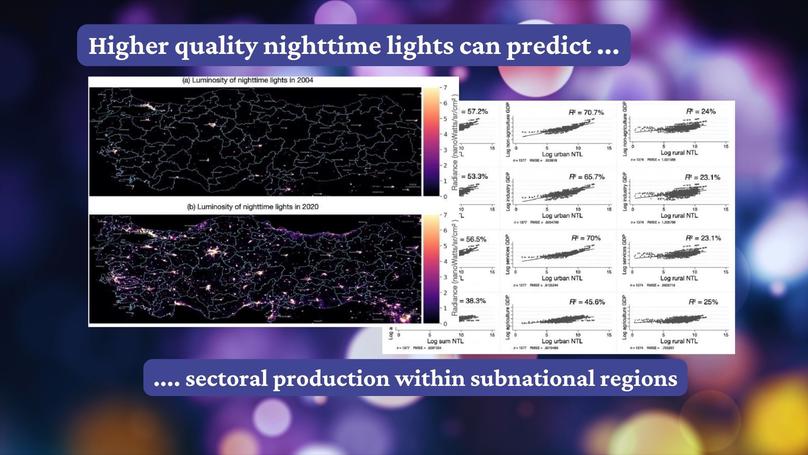
This study explores the potential of higher-quality nighttime light (NTL) data to predict economic activity across various sectors within regions.
Other Publications
Cite DOI Article AI Podcast Notebook: Stats Notebook: OLS Notebook: GWR Notebook: MGWR Notebook: GWR vs MGWR
Recent & Upcoming Presentations
Tutorials

Events
Recent Posts
Contact
- +81 052 789 4345
- Furocho, Chikusa-ku, Nagoya, Aichi, JAPAN 464-8601
- Enter the building of the Graduate School of International Development and turn right to Office 111 on the 1st Floor
- Office hours: Tuesdays 17:00 to 18:30 (Book an appointment first)
- Book an appointment
- ZOOM Me (Book an appointment first)
- Telegram Me
- DM Me
- carlos [at] gsid.nagoya-u.ac.jp







